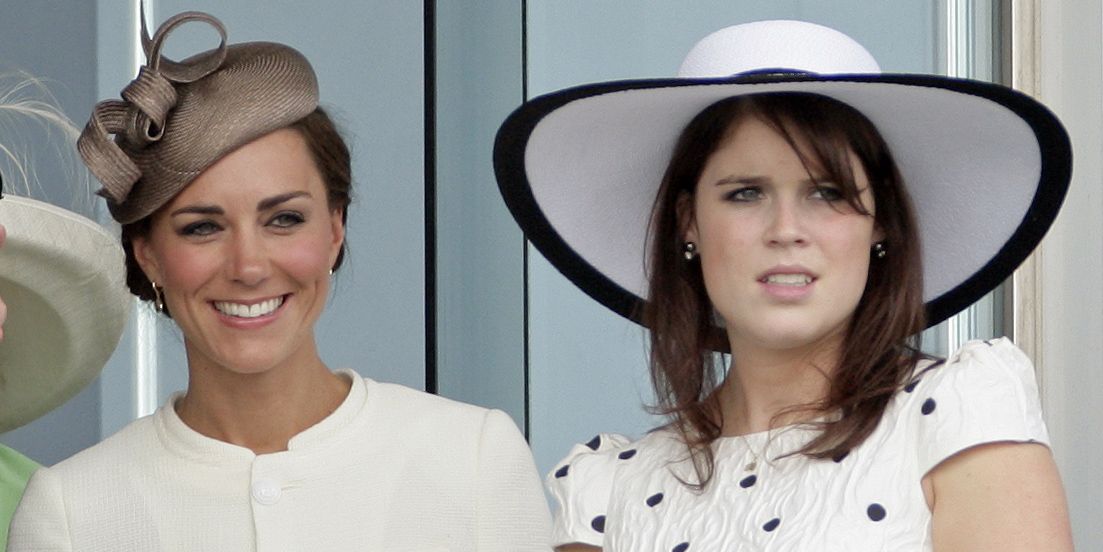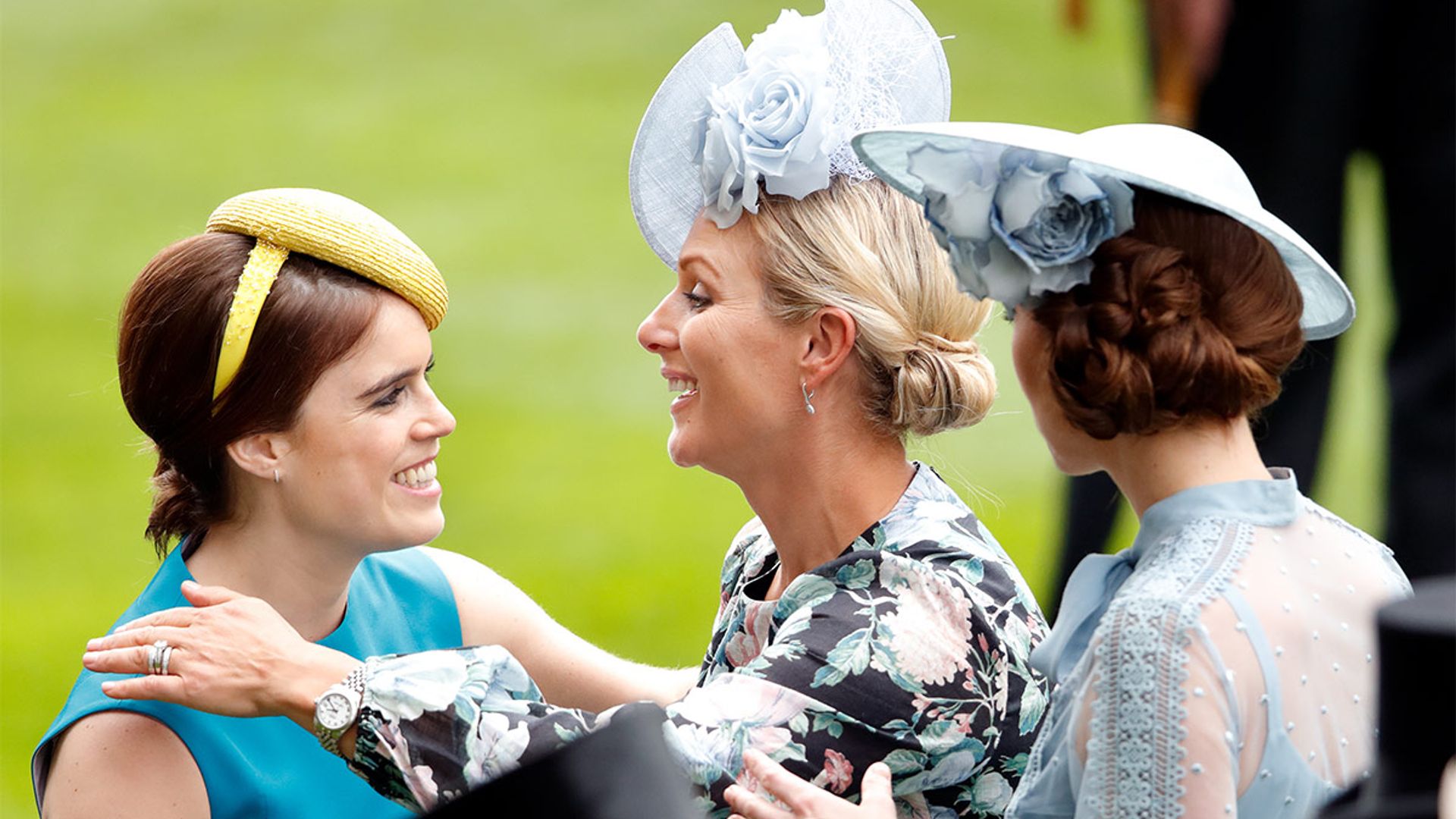
In a stunning development, Catherine, Princess of Wales, has reportedly bestowed a historic royal title on Princess Eugenie, bypassing the traditional line of succession. This unprecedented decision has sparked a crisis within the House of Windsor, leaving senior royals, including Queen Camilla, reeling and igniting fierce debate about the future of the monarchy.
A Historic Title Transfer

According to palace insiders, Catherine has granted Princess Eugenie the title of Royal Steward of the Realm, a rare and symbolically powerful role rooted in the Tudor era. Historically, this position was reserved for the heir apparent or a trusted sibling of the monarch, tasked with safeguarding the crown’s integrity during times of crisis. By conferring it on Eugenie, a cousin-in-law outside the direct line of succession, Catherine has challenged centuries-old traditions of hierarchy and lineage.
The decision, executed with precision and secrecy, has been described as a calculated act that signals a new vision for the monarchy. Insiders claim Catherine views Eugenie’s loyalty and integrity as vital to the institution’s future, prioritizing trust over hereditary privilege. This move has been hailed by some as a bold modernization effort but condemned by traditionalists as a dangerous breach of protocol.
Palace Divisions Deepen
The transfer has triggered a fierce backlash, particularly from Queen Camilla, who reportedly sees it as a direct challenge to her influence and her family’s place within the royal fold. Sources describe a tense confrontation at Clarence House, where Camilla accused Catherine of orchestrating a deliberate power play to undermine her and King Charles III. Catherine, unwavering, defended her decision as essential for the monarchy’s long-term stability.
Emergency meetings among palace advisors have failed to resolve the escalating tensions. The absence of public statements from King Charles and Prince William has fueled speculation. Charles, caught between his wife and his daughter-in-law, faces a dilemma that could define his reign. Some advisors urge him to revoke the title to restore order, while others warn that doing so could expose deep rifts within the royal family, damaging its public image.
William, torn between loyalty to his father and support for his wife, has remained silent. Insiders suggest he understands Catherine’s intent to protect the monarchy’s future but is unsettled by the disruption her actions have caused. His silence is seen as a protective stance, shielding Catherine while avoiding direct conflict with the king.
Princess Eugenie: The Unexpected Steward

At the heart of the controversy is Princess Eugenie, a figure often overlooked within the royal hierarchy. Known for her work in the art world and her resilience following scoliosis surgery, Eugenie has maintained a low profile, marked by loyalty and discretion. Catherine reportedly saw in her a steadfast ally, untainted by the palace’s political maneuvering.
Eugenie, however, was reportedly stunned by the honor, feeling both a sense of duty and the weight of her new role. Her elevation has thrust her into the spotlight, transforming her from a peripheral royal to a central figure in the monarchy’s unfolding drama.
A Nation Divided
The decision has sparked a national and global debate. Younger audiences and modernists praise Catherine as a visionary, with social media campaigns like #TeamCatherine celebrating her emphasis on merit over bloodline. Conversely, traditionalists and older generations view the move as a betrayal of the monarchy’s core principles, with some calling for King Charles to intervene.
Public protests outside Buckingham Palace reflect the divide, with supporters of Catherine’s reformist stance clashing with those defending royal tradition. Media outlets are equally split, with tabloids dubbing the saga “Catherine’s Coup” and broader analyses questioning the constitutional implications.
A Monarchy at a Crossroads
Catherine’s actions have redefined her public image, casting her as a formidable figure willing to risk everything for her vision of a modern monarchy. Whether seen as a revolutionary act or a reckless provocation, her decision has altered the royal landscape. As King Charles grapples with his response and William navigates his divided loyalties, the House of Windsor stands at a pivotal moment.
The world watches as the monarchy faces its greatest internal challenge in decades. Will Catherine’s bold move strengthen the crown or fracture it beyond repair? Only time will reveal the lasting impact of this historic upheaval.